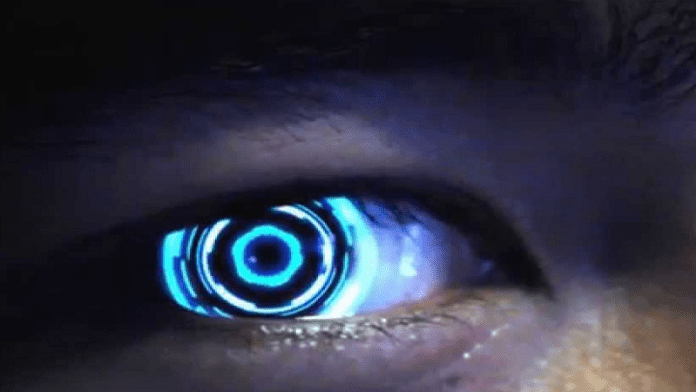The development of artificial implants linked to ophthalmology has been a door to try to solve vision problems of millions of people. Now, scientists have developed a fully organic prosthesis that in the laboratory returned the vision to the transplanted mice.
Scientists Have Created An Artificial Retinal Implant For Vision
The development of artificial implants linked to ophthalmology has been a door to try to solve vision problems of millions of people. Now, scientists at the Italian Institute of Technology have developed a fully organic prosthesis that in the laboratory returned the vision to the transplanted mice.
This is great news because the good results can, by the end of the year, lead the team to try this procedure on humans.
According to the Science article, this implant has the ability to convert light into electrical signals. These signals stimulate retinal neurons and therefore a hope for thousands of people suffering from retinal degeneration, such as retinitis pigmentosa, in which photoreceptor cells die, impacting peripheral, central vision and color discrimination.
The retina is a part of the vertebrate eye responsible for the formation of images, that is, by the sense of sight. In each retina, there are about 120 million photo-receivers responsible for capturing the light that reaches the eyes. Having a mutation in any of the 240 identified genes related to the retina can cause retinal degeneration. In these cases, the cells of the retina are affected, but the nerve cells around the retina remain intact, which allows this implant of the Italian Institute of Technology to be a solution.
The implant is made of a thin layer of a conductive polymer, placed on a base and covered by a semiconductor polymer. This semiconductor polymer acts as a photovoltaic material, it absorbs the photons when light penetrates the lens of the eyes. When this happens, electricity stimulates retinal neurons, filling the gap in the patient’s retina.
This artificial retina was already implanted in the eyes of mice genetically selected to develop retinal degeneration. Thirty days after surgery, the mice were retrieved and the investigators performed various tests to verify the sensitivity to light by comparing the pupillary reflex of the transplanted mice with the reflexes of healthy rats and degeneration mice that were not integrated into the transplant.
Test results are positive
The results showed the researchers that with the low intensity of 1 lux (equivalent to full moonlight), treated mice did not show much better results than untreated mice. However, when rats were exposed to the higher brightness, about 4-5 lux (the brightness of the twilight sky), showed similar results to healthy animals.
10 months after surgery, the researchers re-tested the same procedure on the rats and found that the implant was still effective, but all participants (healthy, treated and untreated) had visual impairment due to their older age.
Using a tomography device to monitor the brain activity of mice during light sensitivity tests, the researchers noticed that there was an improvement in the activity of the primary visual cortex, which processes the visual information.
Based on the results, the researchers concluded that the implant directly activates the residual neuronal circuits of the degenerate retina, but further research is needed to be able to explain exactly how stimulation works at the biological level.
“We hope to replicate in humans the excellent results obtained in animal models. We plan to conduct the first human trials in the second half of this year and gather preliminary results during 2019. This implant could be a turning point in the treatment of extremely debilitating retinal diseases.” One of the researchers, the ophthalmologist Grazia Pertile of the Sacred Heart Don Calabria, in Negrar, Italy, said.
So, what do you think about this? Simply share your views and thoughts in the comment section below.



